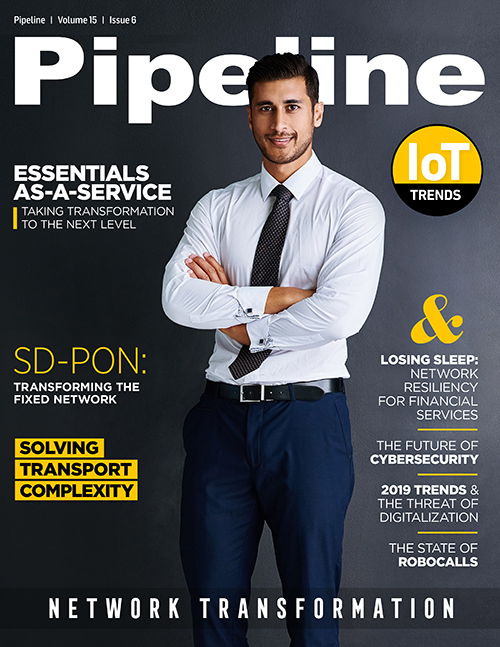Essentials-as-a-Service: Taking Transformation to The Next Level
Today’s customers expect an experience that is highly available anytime, anyplace, on any device; and an experience that is simple, intuitive and secure.
The question is, does an IT organization want to invest the time, money and resources to set up and maintain an operational support structure to deliver this heightened level of user experience, or should they leverage an EaaS provider that specializes in delivering that experience as a consumable service, as a contracted outcome?
Does it really make sense, given your strategy of offloading operational tasks, to focus on higher-value business targets, to invest in global, follow-the-sun 24/7/365 multilingual end-user support with predictive, proactive, automated intelligence, natural language and omni-channel support? Or is it better to leverage an EaaS provider that delivers these state-of-the-art support services, which are designed and created to deliver an exceptional end-user experience?
A closer look at the ‘Essentials’
Uptime and reliability – For a truly exceptional experience, people need to stay connected to their technology. The reality of delivering to the everything-on-demand, need-it-now, consumer-driven expectations today’s end users is that downtime, interruptions in service and slow performance are simply unacceptable.
EaaS providers are constantly looking for ways to infuse innovation in the form of tools, process and automation into their service offerings to improve uptime, reduce clients’ costs and enhance the end-user experience. Today, delivering to standard expectations and even satisfying SLAs and KPIs are table stakes. Organizations are looking for new ideas and enhanced services that save time and money, increase efficiencies and reduce ticket counts—and that’s all about delivering innovation.
From a support standpoint, the goal is to eliminate issues proactively, so an interruption to the user never happens—and, if there is an issue, to resolve it faster so the user is impacted as little as possible.
This includes employing leading edge technologies such as automated self-healing to capture and resolve issues in real-time, and predictive analysis to mitigate issues before end-user escalations. It also includes proactive analytics detailing the health of a device as well as the ability to look back retrospectively to determine the root cause of an issue. And finally, enabling self-help interfaces to allow end users to hit an ‘easy button’ for one-click resolutions to fix issues without having to call for help.
Kiosks and Genius Bars – A challenge facing companies today is how to provide instant access and support to users in a consumer-oriented environment. In 2019, a trend that IT organizations will want to consider is leveraging an EaaS provider to deliver technical support via café-like locations in high-traffic areas on corporate campuses convenient for end users. These walk-up support desks are staffed with qualified technicians with great customer service skills. Quick fixes are performed immediately or loaners are provided for longer repair. Kiosks and Genius Bars are also used to showcase approved corporate technologies as in an Apple or Verizon store.
This strategy is a great way to support traditional workers who demand the most out of technology and to hyper-enable tech-savvy workers who bring their own devices (BYOD) to work.Self Service Portals - EaaS providers have developed one-stop digital portals that allow end users to see the status of their service desk tickets and request items to procure or services to be delivered via automated service catalogs. Service catalogs are a central listing of the goods and services that are available to the end user.



















